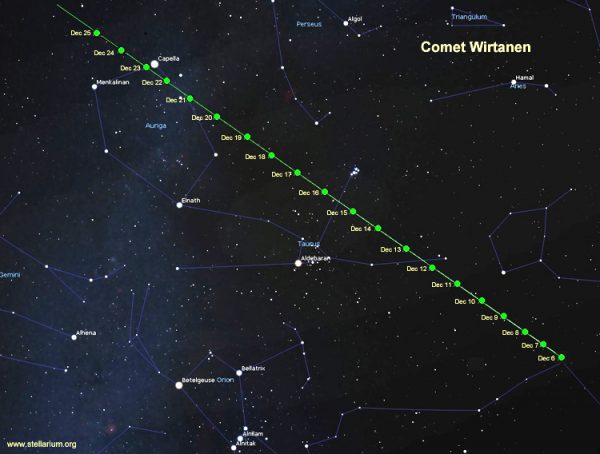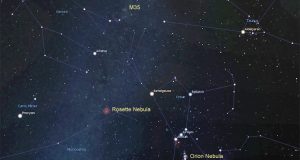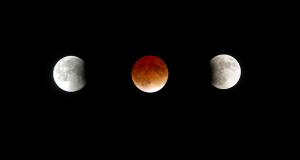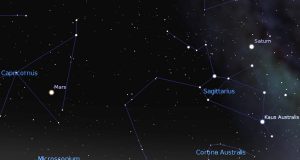For thousands of years, the night sky has been a place of entertainment and guidance. It was also the foundation of myths and superstitions. Bright comets were deemed to be messengers of impending doom such as drought, disease, famine, war, etc. Located in the outer reaches of our solar system, comets are mountains of rock and ice that are sometimes nudged toward the inner solar system and round the sun. The outflow of gas and dust caused by solar heating generates a green fog around the comet and most times a dust tail and/or ion tail.
For the most part, comets are faint and only seen with a telescope. But such is not the case with the appearance of Comet 46P/Wirtanen now visible in the southern sky. Throughout December the comet grows larger and brighter as it races northward. Closest approach to Earth occurs on December 16 at a safe distance of 11.5 million kilometres. On the nights of the 15th and 16th, Comet Wirtanen passes between the Pleiades and Hyades star cluster. The comet could become bright enough to be seen without optical aid (naked eye) from the dark countryside without the moon present.
As if this bright comet was not enough to enjoy, the annual Geminid meteor shower peaks on the night of Dec 13/14. The moon sets around 10:30 pm local time allowing a dark sky for the rest of the night. Best time to see the maximum number of meteors is after midnight towards dawn when the constellation is highest in the sky. This shower produces 120 meteors per hour as sand-sized particles from asteroid 3200 Phaethon (a possible dead comet) completely vapourize as they strike our atmosphere at 35 km/sec. The Geminids also produce occasional fireballs that can light up the ground. This is a must-see event.
- The annual Geminid Meteor shower - December 12, 2025
- Full Moon Names - June 10, 2025
- March Lunar and Solar Eclipses - March 4, 2025
 Wawa-news.com You can't hear the 'big picture'!
Wawa-news.com You can't hear the 'big picture'!



